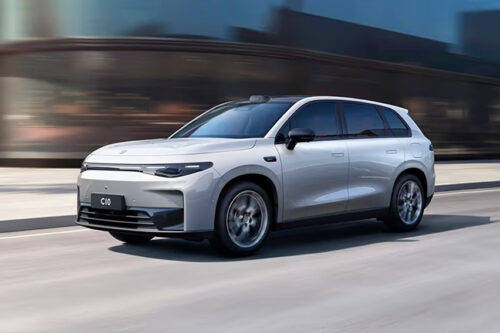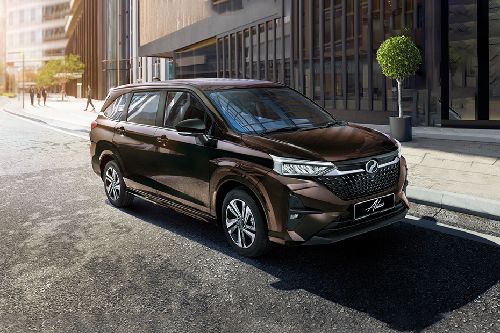What is an electric car?

Electric Vehicles or EVs as we usually call them are offered in both two- and four-wheeler forms. Initially came the electric cars and following them shortly were the e-motorcycles/bikes. Now, let us get to know a little more about these alternatives to internal combustion engine-powered cars.
What is an electric car?
As the name suggests, an electric car is powered by an electric motor. A fully-electric car does not have a petrol or diesel engine.
Electric car breakdown
An electric vehicle has 90 percent less moving parts compared to a petrol or diesel car. Here's a brief breakdown -

Electric engine/motor: It provides power to rotate the wheels. It can be both AC and DC type
Inverter: An inverter converts electric current in form of DC into AC
Drivetrain: All electric vehicles feature a single-speed transmission that transmits power from the e-motor to the wheels
Batteries: The electricity required to run the EV is stored in the battery. The higher the battery kW, the higher the EVs driving range
Charging: The charging point houses the plug inlet that is connected to an outlet to charge the battery

The basic working of an electric car
On getting inside an electric car and placing it in 'drive' mode, the vehicle would accelerate like an automatic car. There are no gears, so they are fully automatic.
When the driver presses the accelerator, the power gets transferred from the battery to the electric motor which in turn results in the drive shafts turning the wheels.
Alternatively, when the brake pads are pressed, the car slows down and the motor becomes an alternator, generating power. The power is then sent back to the battery unit.

Different types of electric cars
There are several types of electric cars on offer in the market. Some purely run on electricity, these are known as Pure Electric Vehicles, aka EVs. Others like Hybrid Electric Vehicles, aka Hybrids, feature electric-powered engines that run on petrol or diesel.
Types of electric cars -
- Battery Electric Vehicle (EV)
- Plug-in Hybrid Electric Vehicle (PHEV)
- Self-charging Hybrid Electric Vehicle (HEV)
- Mild Hybrid Electric Vehicle (MHEV)
Here's a small description of each in the table below
|
Details |
Battery Electric Vehicle |
Plug-in Hybrid Vehicle |
Self-charging Hybrid |
Mild Hybrid Electric Vehicle |
|
Type of Motor |
Electric motor only |
Electric motor & combustion engine |
Electric motor & combustion engine |
Electric motor & combustion engine |
|
How is the battery charged? |
Battery must be plugged in to the charger |
Battery must be plugged in to the charger |
Battery gets charged by the engine |
Battery gets charged by the engine |
|
Can the battery power the EV? |
EV is fully powered by the e-motor |
EV is powered by e-motor or engine |
EV is powered by e-motor or engine |
Battery can not drive the car |
|
Charging point required or not |
Yes |
Yes |
No |
No |
Electric engine working
Like all electric devices, electric cars function on a charged battery for which the car must be plugged in to a charge point. Once connected to the charging port, the electricity travels from the grid and charges the car. The rechargeable batteries store the electricity and power the e-motor, which turns the wheels like a normal fuel engine would do.
Compared to cars powered by traditional fuel engines, electric cars accelerate faster, they feel lighter to drive and there are no gears to go through.
Hybrid cars

A hybrid car uses more than one means of propulsion - electric-motor along with petrol/diesel engine. Compared to internal combustion engine-powered cars, hybrid vehicles consume less fuel and emit less CO2.
Electric vehicle driving range

How far does an EV travel on a full charge? Is one of the most asked questions in the category. It is to be noted that no two Evs are the same, even if they share battery tech, a lot of other factors come into play that affects the range. So, each EV model offers a different range, different battery sizes, and different levels of efficiency.
The hybrid car consists of a conventional engine, a battery, and an electric motor. Depending on the amount of battery power, hybrids can be categorised as strong or mild.
Electric Vehicle charging

An electric or hybrid vehicle can be charged via plugging the vehicle in a home or public charger. On average home charging takes 6 - 8 hours, public charging 1 -9 hours (depending on the model). There is also the option of fast and rapid charging that takes approximately 30 minutes and 6 minutes, respectively.
Stay tuned with Zigwheels to learn more about electric vehicles and their work.
Also Read: A new policy to accelerate Malaysia’s EV industry
Sell your car at the best price
 Verified and genuine buyers
Verified and genuine buyers
Trending & Fresh Updates
- Latest
- Popular
You might also be interested in
- News
- Featured Stories
Featured Cars
- Latest
- Upcoming
- Popular




















































